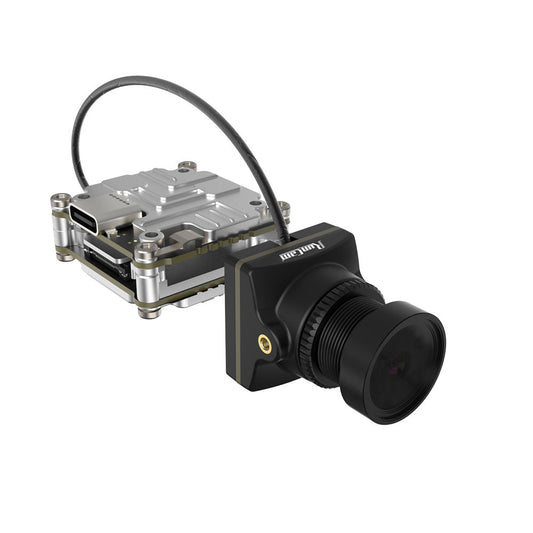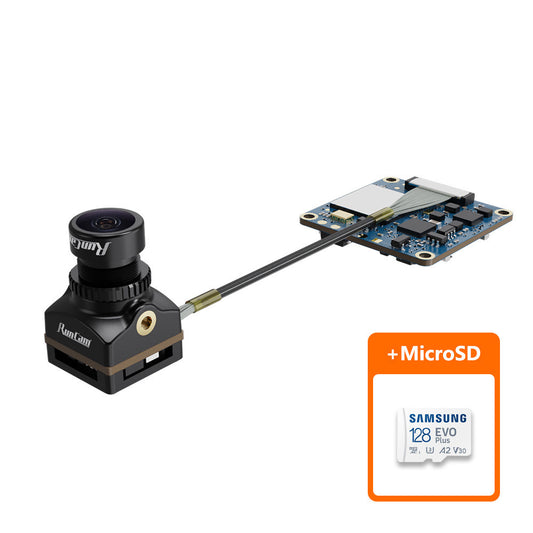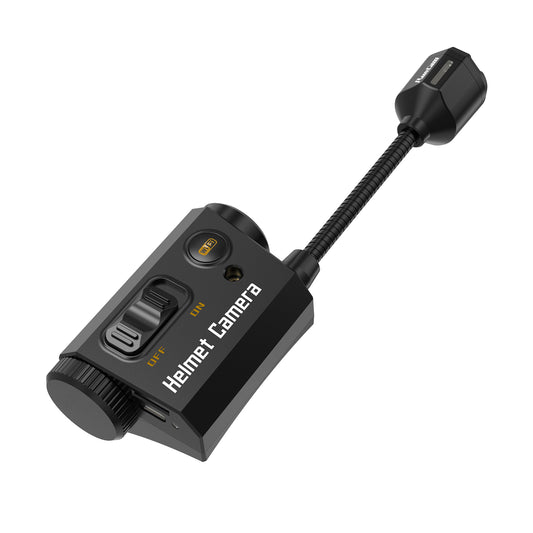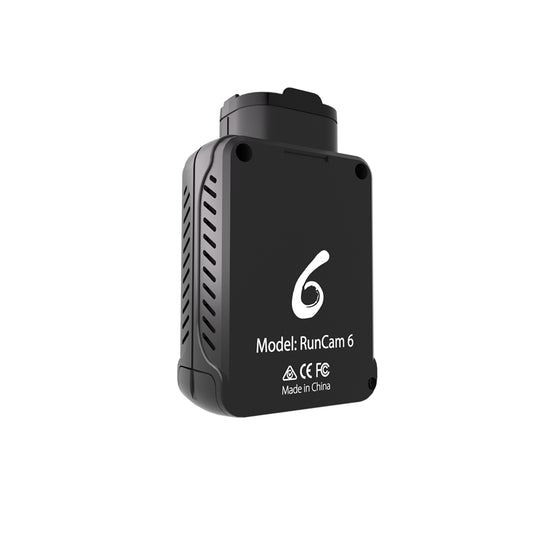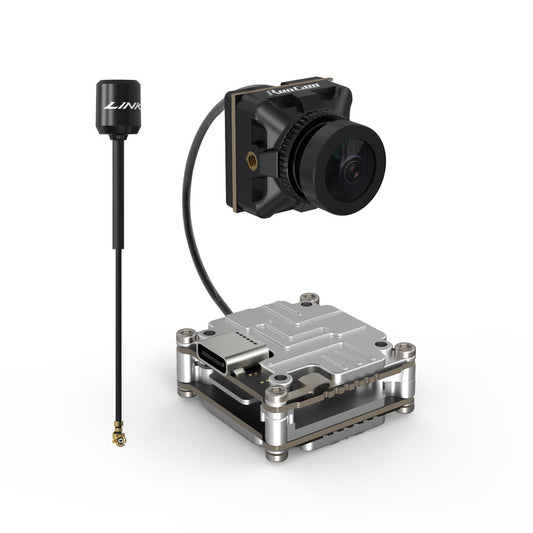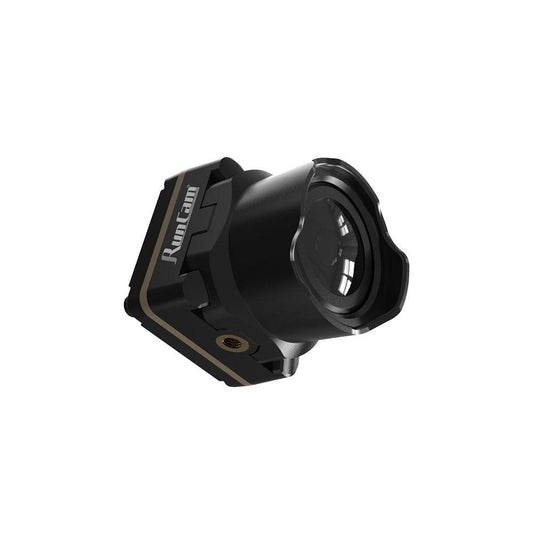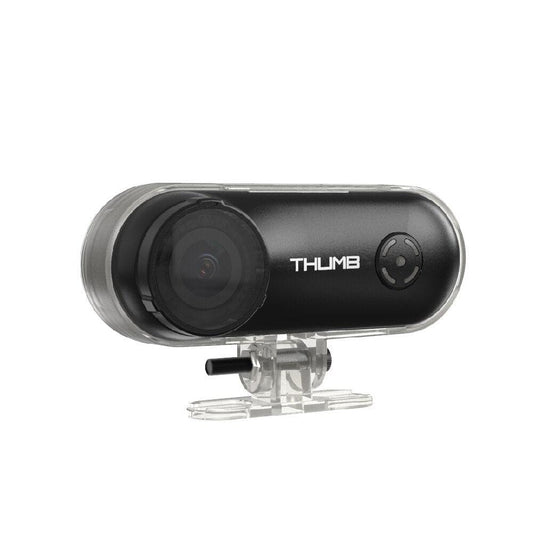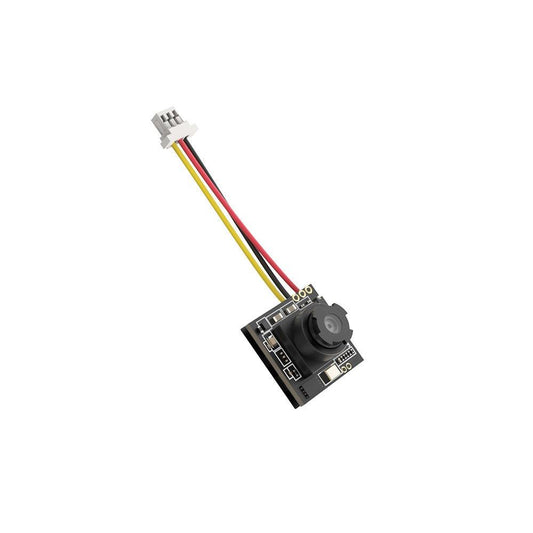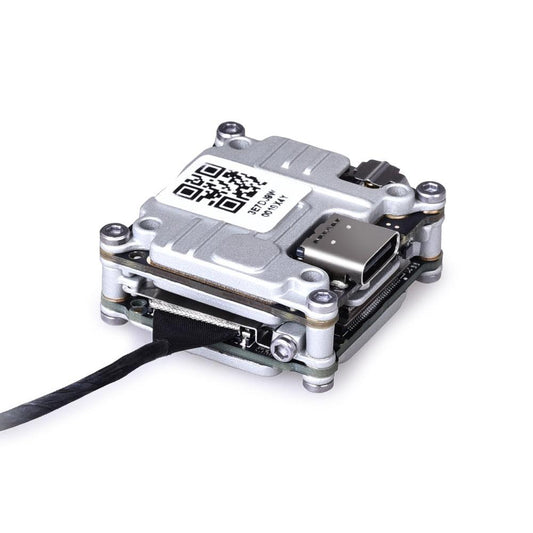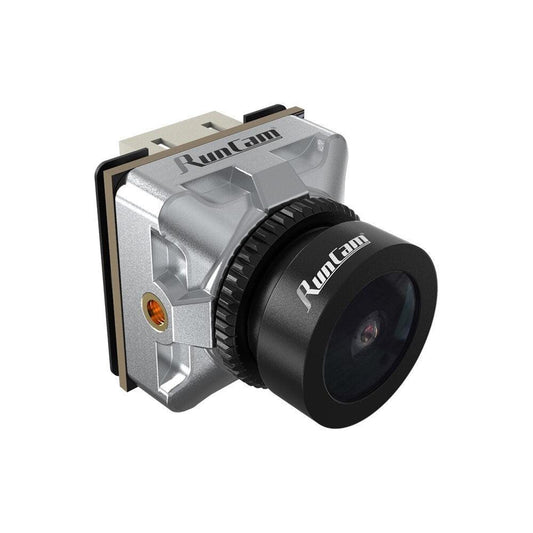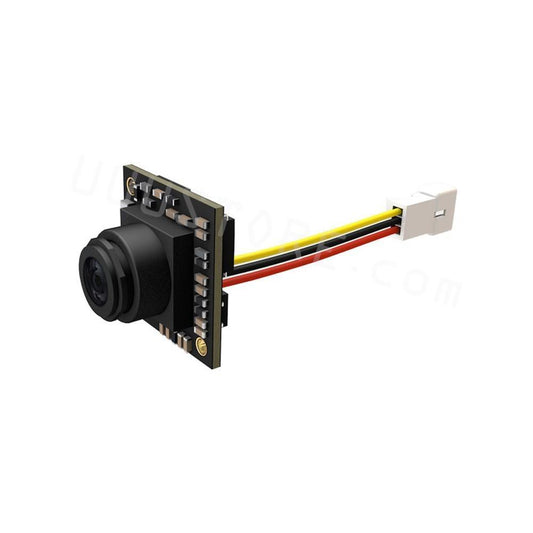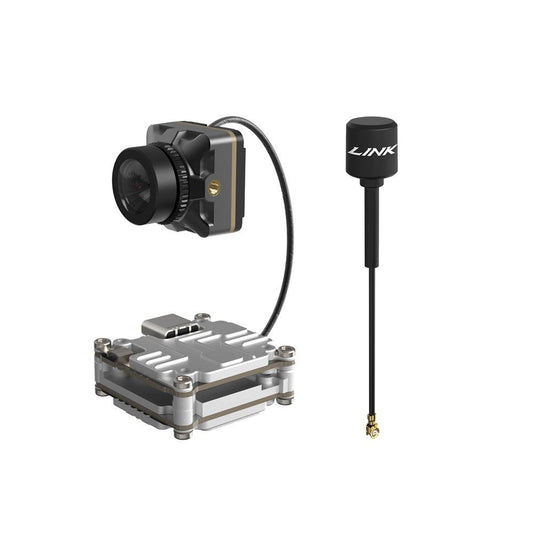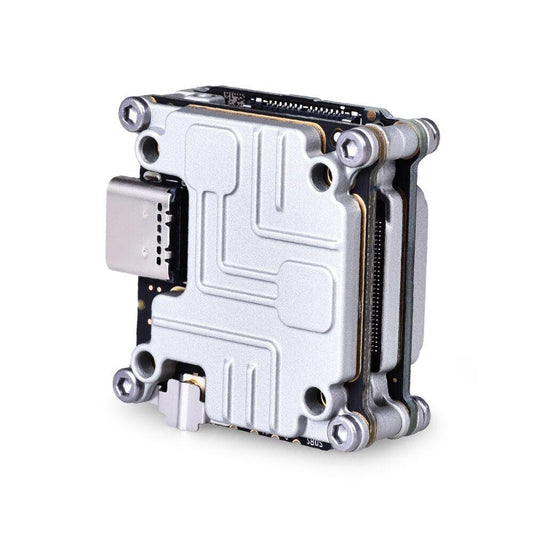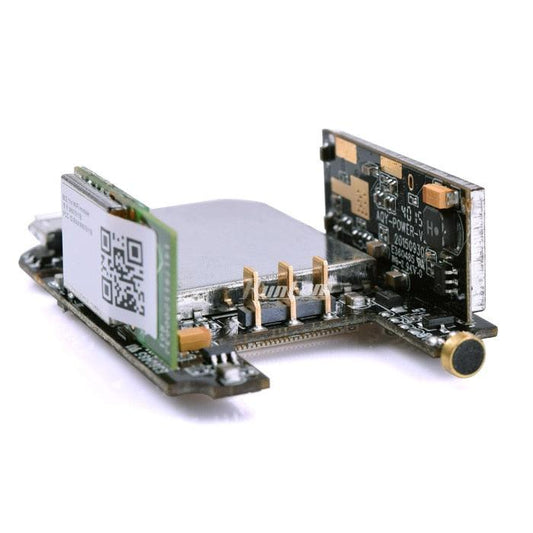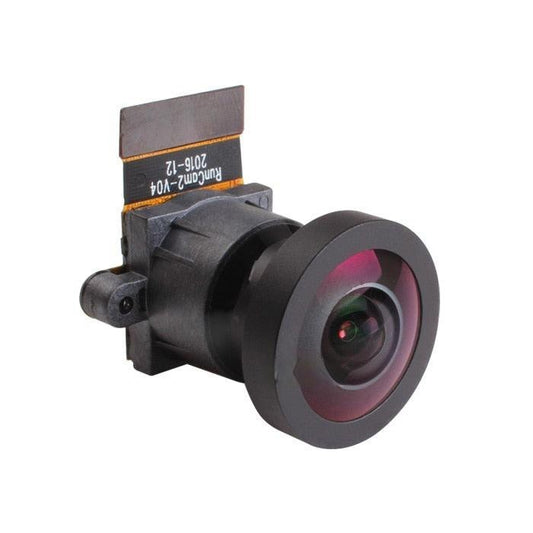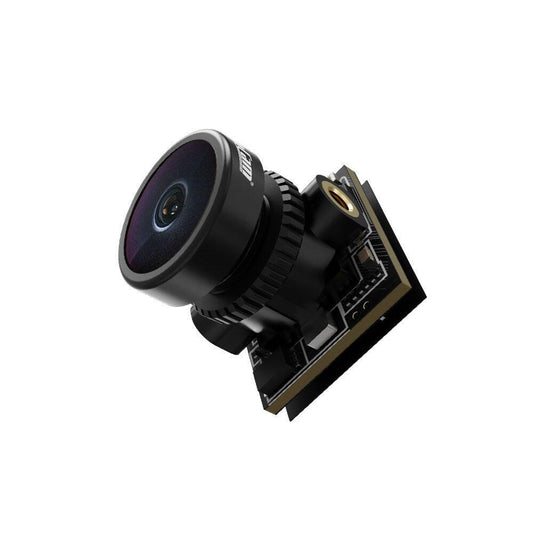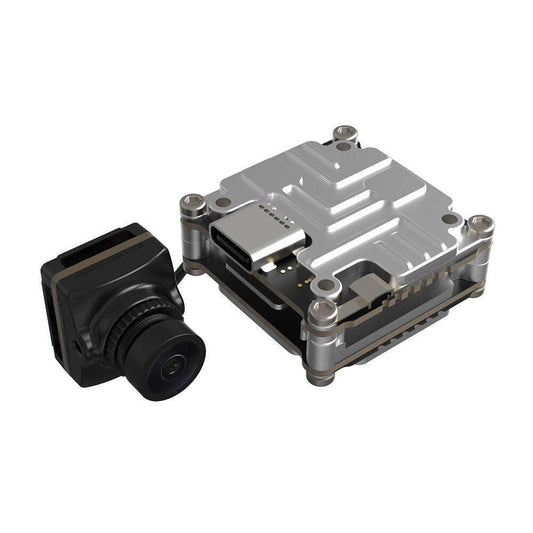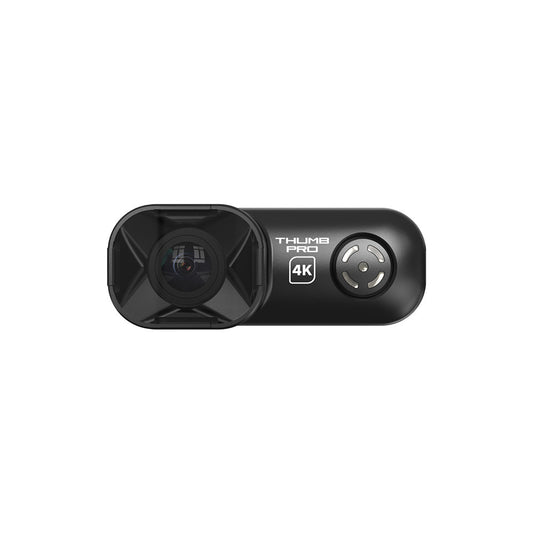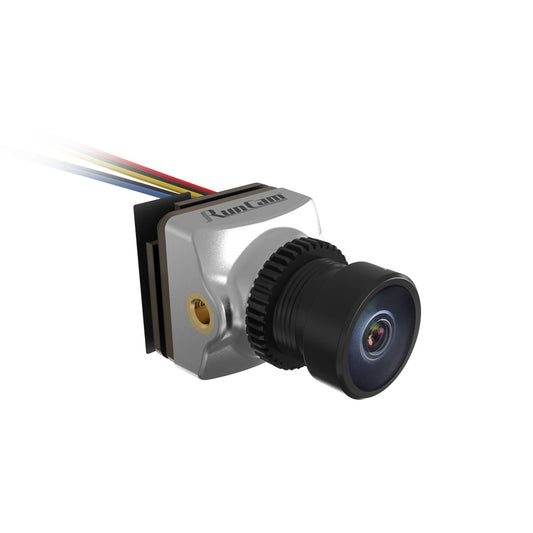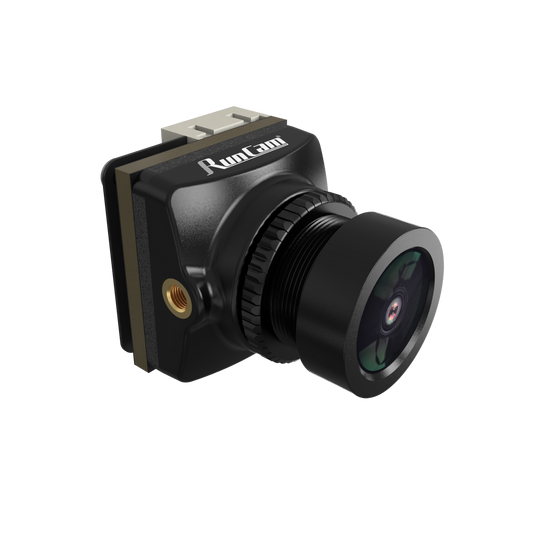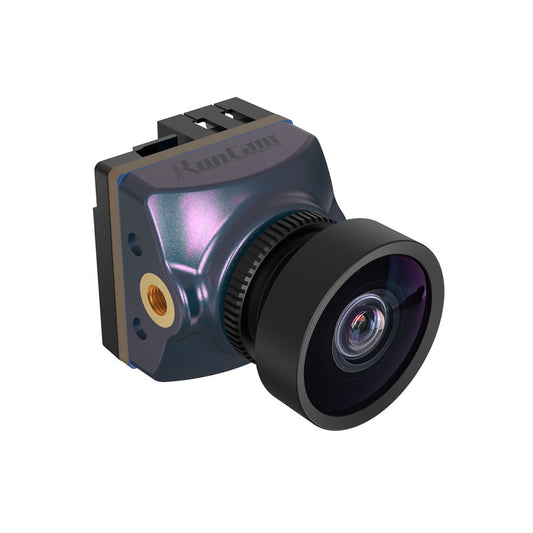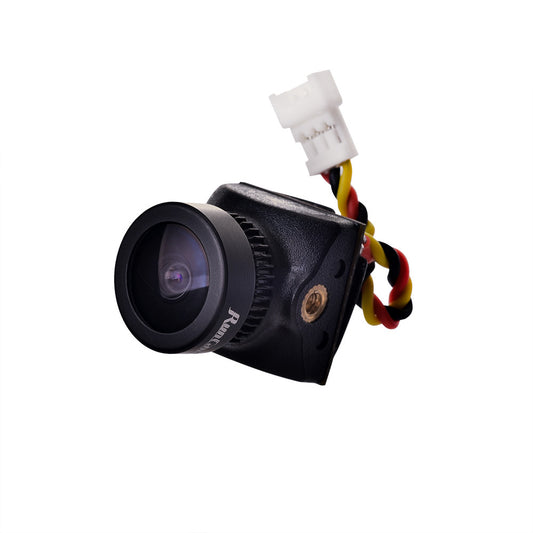-
RunCam Link Digital FPV Air Unit Night Eagle HD Camera Version
Regular price From $89.00 USDRegular priceUnit price per -
RunCam Split 4 Camera - 4K/30fps 2.7K/60fps 4:3 16:9 FPV Camera
Regular price $105.00 USDRegular priceUnit price per -
RunCam Helmet Camera Recorder - 1920*1080 60fps 1/2.9" Sensor FOV 155° Long Battery Life Action Camera
Regular price $85.00 USDRegular priceUnit price per -
RunCam 6 Action Camera - 4K/30fps 1/2.3" Sensor EIS&GyroFlow Supported OLED Display 128G SDCard FPV Camera
Regular price From $125.00 USDRegular priceUnit price per -
RunCam Link MIPI HD Kit - 8 Channel 720P/60fps 4KM 5.8GHZ VTX Digital FPV AIR UNIT MIPI Camera Version
Regular price From $50.00 USDRegular priceUnit price per -
RunCam Phoenix 2 SE V2 (Special Edition ) Analog Camera - 1000TVL 1/2" CMOS Sensor FOV 160° FPV Camera
Regular price $38.03 USDRegular priceUnit price per -
RunCam Thumb Camera - HD Action Camera 1080P/60FPS FOV 150°Built-in Gyro Stabilization 128G SD Card 9.8g FPV Camera
Regular price From $52.16 USDRegular priceUnit price per -
Runcam Nano 3 Analog Camera - 800TVL 1/3 CMOS Sensor FOV 160° Wide Angle 1.1g Lightest NTSC for Tiny RC Drone
Regular price From $27.16 USDRegular priceUnit price per -
RunCam Link Digital FPV Air Unit Vista Module Only VTX VS Caddx CaddxFPV
Regular price $137.77 USDRegular priceUnit price per -
RunCam Phoenix 2 Pro 1500TVL 1/2.8 Starlight Sensor 4:3/16:9 NTSC/PAL 5-36V Micro Analog FPV Camera 19x19mm
Regular price $48.00 USDRegular priceUnit price per -
RunCam WiFiLink‑RX Digital HD VRX Receiver, 5.8G, 1080P60 HDMI, 9–30V, 32G eMMC, OpenIPC/Ruby VTX Support
Regular price $139.00 USDRegular priceUnit price per -
RunCam Phoenix 2 Analog FPV Camera - 1000TVL 2.1mm 16:9/4:3 Micro 19x19 / Nano 14x14 PAL NTSC Switchable For Rc FPV Drones
Regular price From $42.88 USDRegular priceUnit price per -
RunCam Nano 3 Analog Camera - 1/3'' 800TVL 1.1g Ultra Light FOV 160 Degree Wide Angle NTSC CMOS FPV Camera for RC FPV Drone
Regular price $28.24 USDRegular priceUnit price per -
RunCam Link Wasp - Digital FPV VTX 120FPS 4:3 Camera DJI HD System
Regular price From $65.00 USDRegular priceUnit price per -
RunCam Link Digital FPV DJI Air Unit Only VTX
Regular price $128.25 USDRegular priceUnit price per -
PCB for RunCam 2 RunCam2 PCB replacement PCB for RunCam2 RunCam 2 Motherboard for RunCam2
Regular price From $60.86 USDRegular priceUnit price per -
RUNCAM2-LENS lens and sensor for RunCam2 RunCam 2 replacement lens for runcam2 runcam 2
Regular price From $49.99 USDRegular priceUnit price per -
RunCam Replacement Lens for Scopecam 2 /4K scopecam2 or Scopecam24k 25mm/40mm
Regular price From $84.77 USDRegular priceUnit price per -
RunCam Nano4 Analog Camera - 1/3” 800TVL CMOS FPV Camera Tiny whoop Camera Nano Size 14*14
Regular price From $39.00 USDRegular priceUnit price per -
RunCam Link Falcon Nano Kit 120FPS 4:3 Camera HD Digital FPV System 5.8G Transmitter for DJI Goggles V2 Vista Not Caddx
Regular price $196.61 USDRegular priceUnit price per -
RunCam Thumb 2 Action Camera
Regular price From $149.00 USDRegular priceUnit price per -
ND Filter / Lens Protector Set for RunCam Thumb 2
Regular price $25.00 USDRegular priceUnit price per -
RunCam Helmet Camera 4K IMX415, 4K/30fps 2.7K/60fps 1080p/60fps, 138° FOV Type-C 118g Action Camera
Regular price From $29.00 USDRegular priceUnit price per -
RunCam Split 4 FPV Camera 4K30/2.7K60, Sony 13MP, 140° FOV, 5–20V, UART, NTSC/PAL, 29*29mm, 10.2g
Regular price From $15.00 USDRegular priceUnit price per -
RunCam Nano 4 NTSC Only 800TVL 1/3" CMOS 2.1mm M8 FOV 155° Analog FPV Camera, 14x14mm, 3.3-5.5V, 2.9g
Regular price $32.00 USDRegular priceUnit price per -
RunCam Night Eagle 3 V2 1500TVL 1/2.8" 2MP Starlight NTSC/PAL Mini FPV Camera, 19x19x27mm, DC 5-24V
Regular price $105.00 USDRegular priceUnit price per -
RunCam Phoenix 2 SPV5 1200TVL 1/3 BSI CMOS, Global WDR, 5-36V, 19mm Micro FPV Camera NTSC/PAL
Regular price $38.00 USDRegular priceUnit price per -
RunCam Compatible DJI O4 / O4 Pro Coaxial Cable
Regular price From $15.00 USDRegular priceUnit price per -
Standard MIPI digital video interface 26P cable for RunCam Link & DJI Air Unit
Regular price $15.00 USDRegular priceUnit price per -
RunCam WiFiLink 2 OpenIPC AIO, IMX415, 160°, 1080p90/720p120, 9–22V WiFi FPV Video Link Module for RC Aircraft
Regular price From $31.00 USDRegular priceUnit price per -
RunCam Nano 2 - 1/3" 170° 700TVL CMOS WDR FPV Camera
Regular price $35.00 USDRegular priceUnit price per -
RunCam Thumb Pro New Version - 4K/30fps 2.7K/60fps 1080P/120fps FOV 155° 256G Max Action Camera Suitable for 2" 2.5" Cinewhoop FPV
Regular price From $110.00 USDRegular priceUnit price per -
RunCam Phoenix 2 Nano Analog Camera - 1/2" CMOS Sensor 1000TVL FOV 155° 5g FPV Camera
Regular price $49.00 USDRegular priceUnit price per -
RunCam Phoenix 2 SP Analog Camera - 1500TVL FOV 155° 1/2.8" Starlight COMS Sensor FPV Camera
Regular price $39.00 USDRegular priceUnit price per -
RunCam Racer Nano 4 Analog Camera - 1200TVL FOV 160° Super WDR NTSC/PAL FPV Camera
Regular price $49.00 USDRegular priceUnit price per -
RunCam Nano 2 Analog Camera - 700TVL 1/3" CMOS 2.1mm FOV 155° / 1.8mm FOV 170° FPV Camera
Regular price $35.00 USDRegular priceUnit price per
